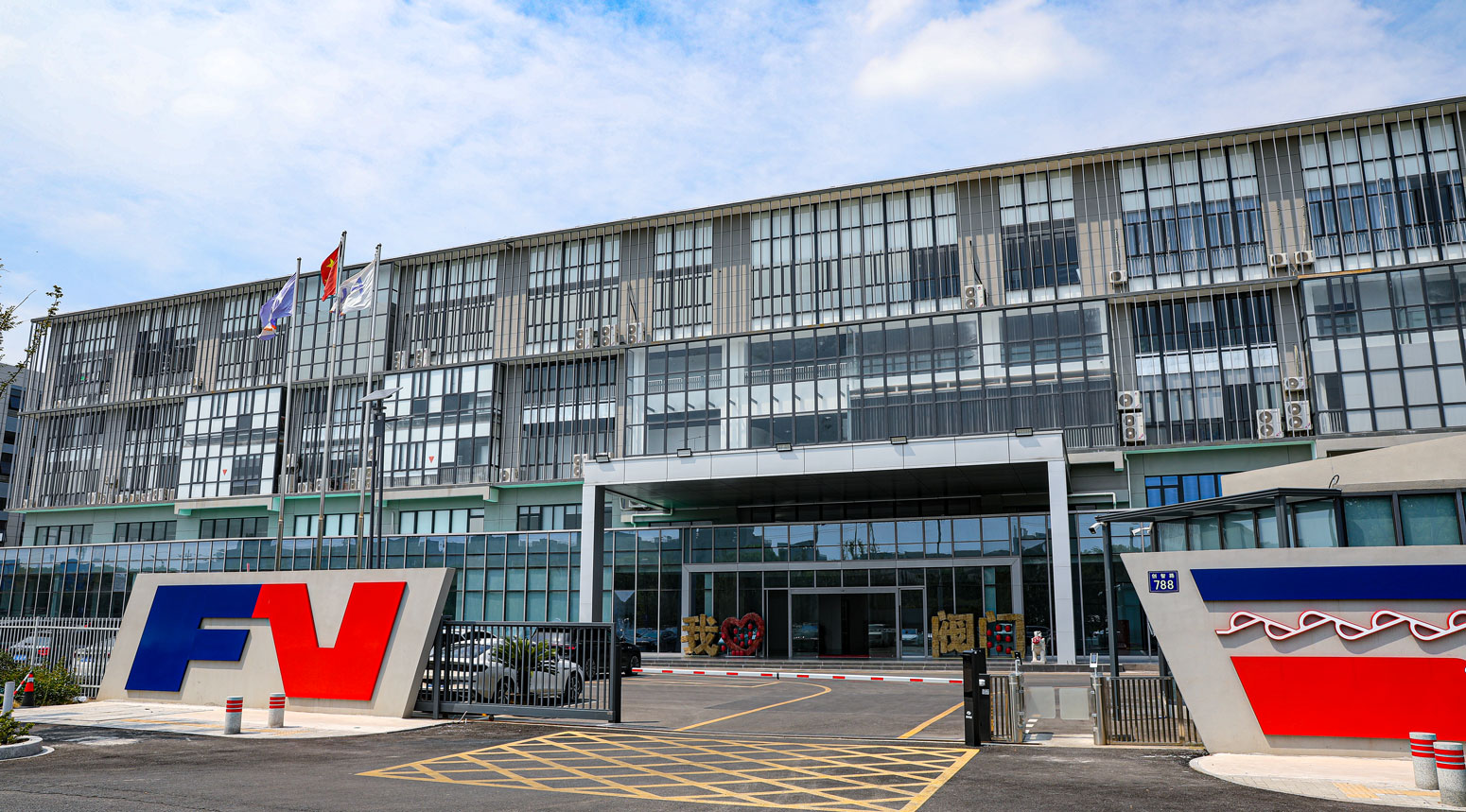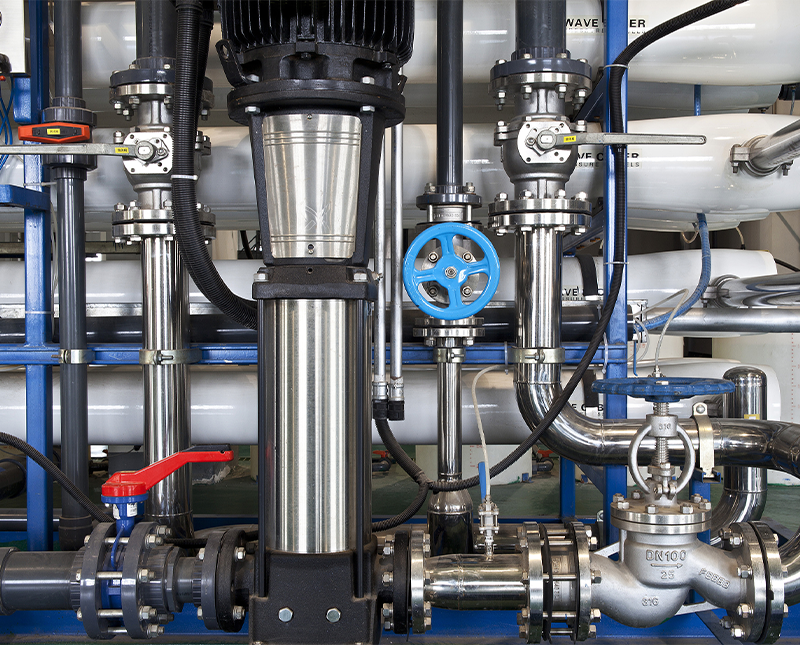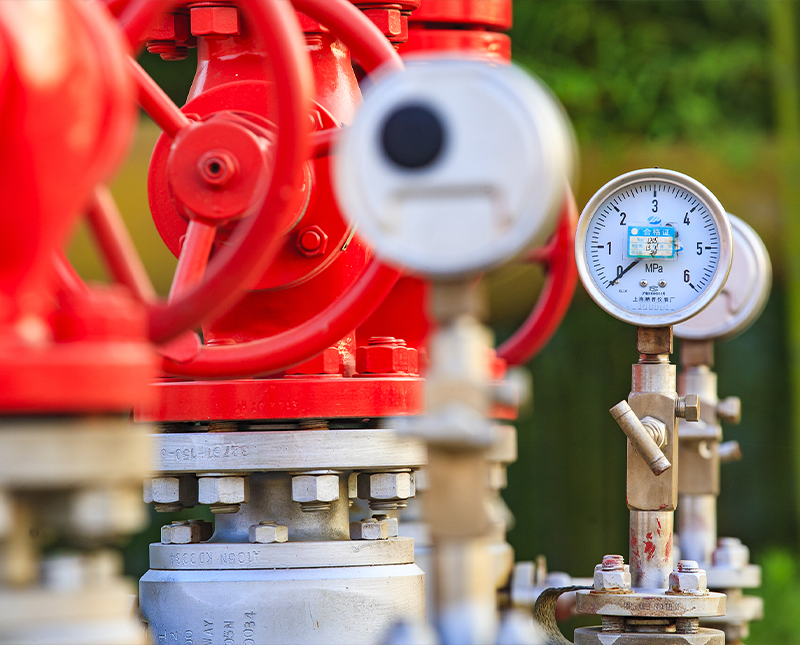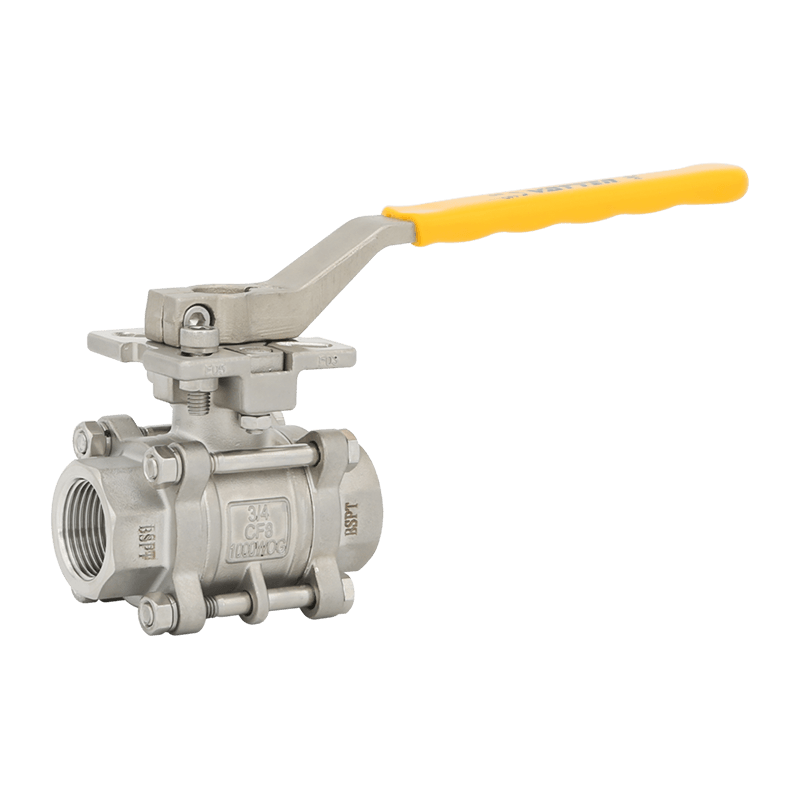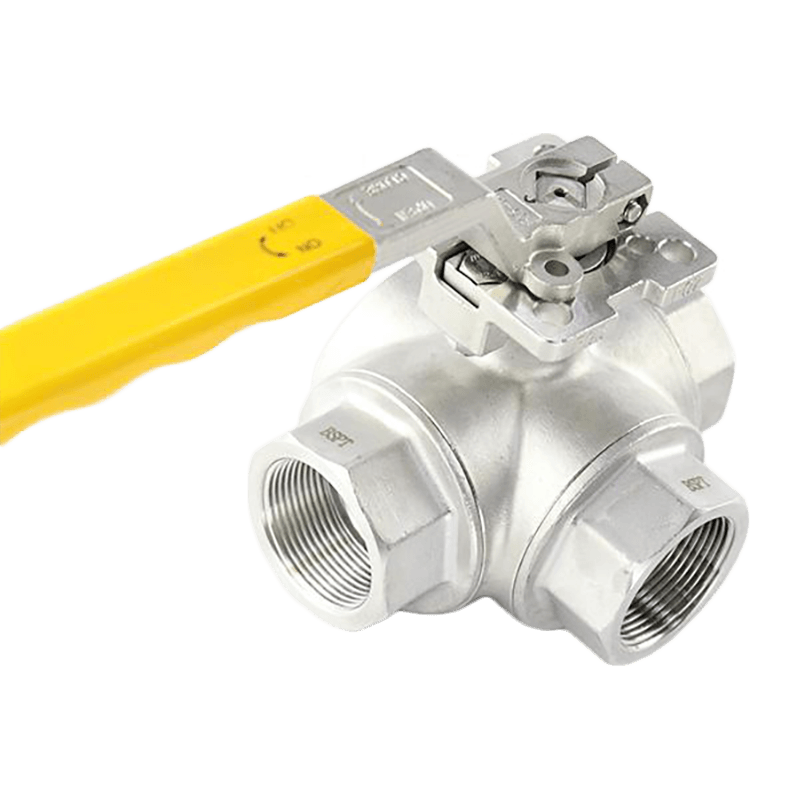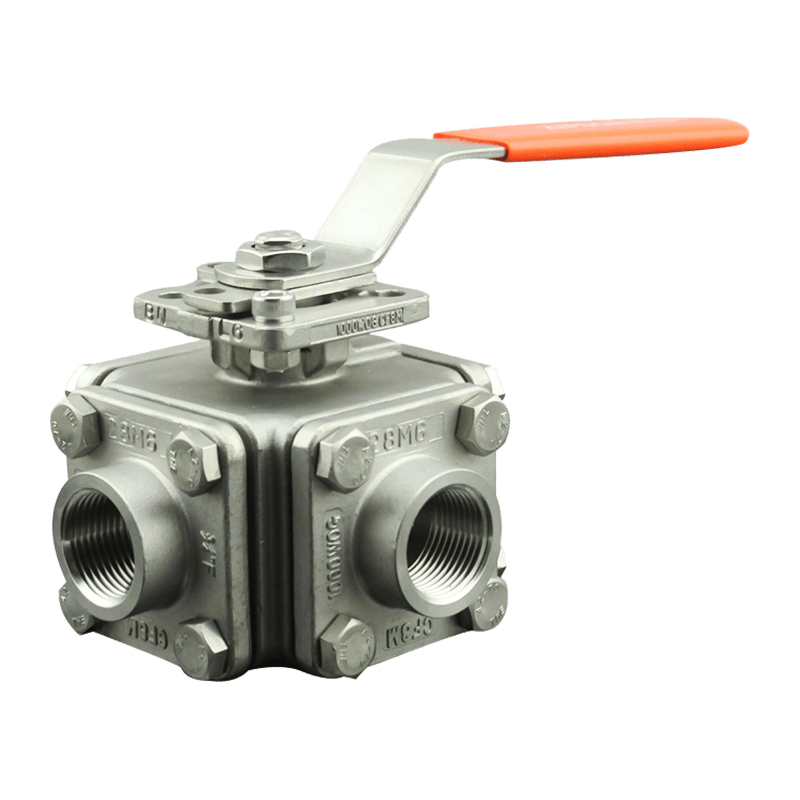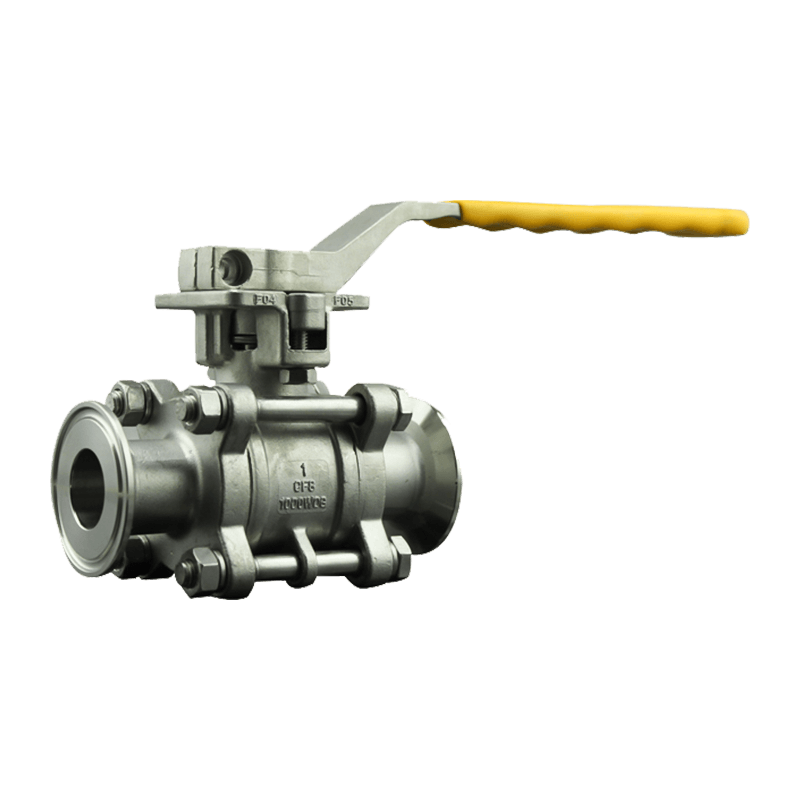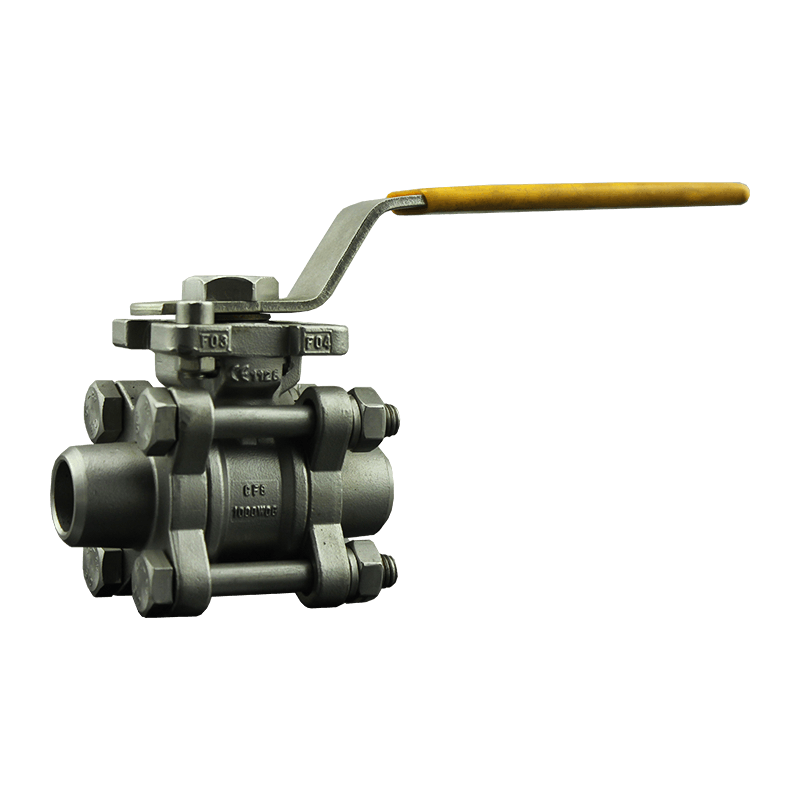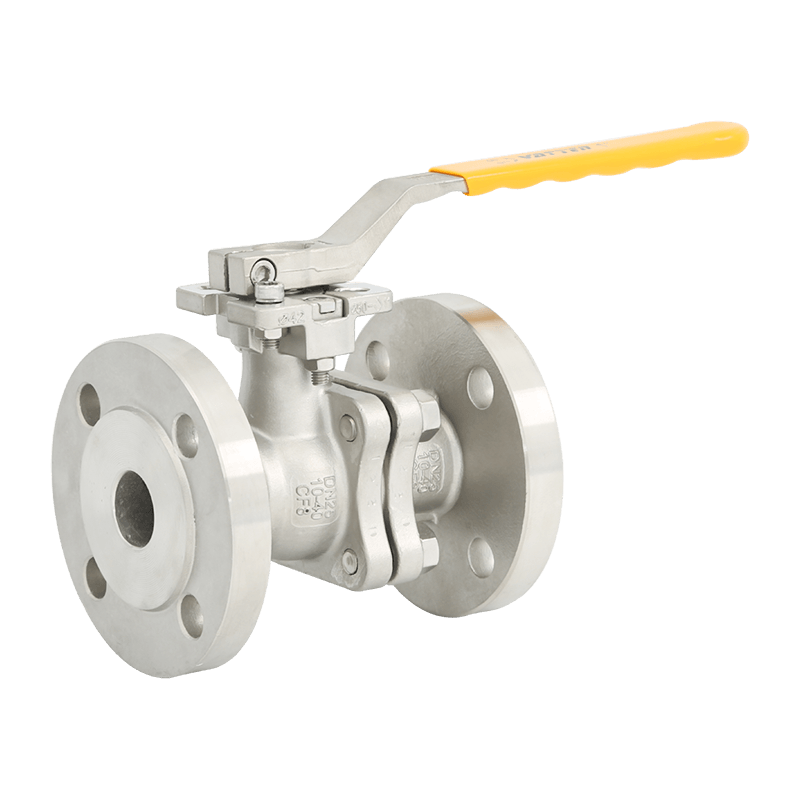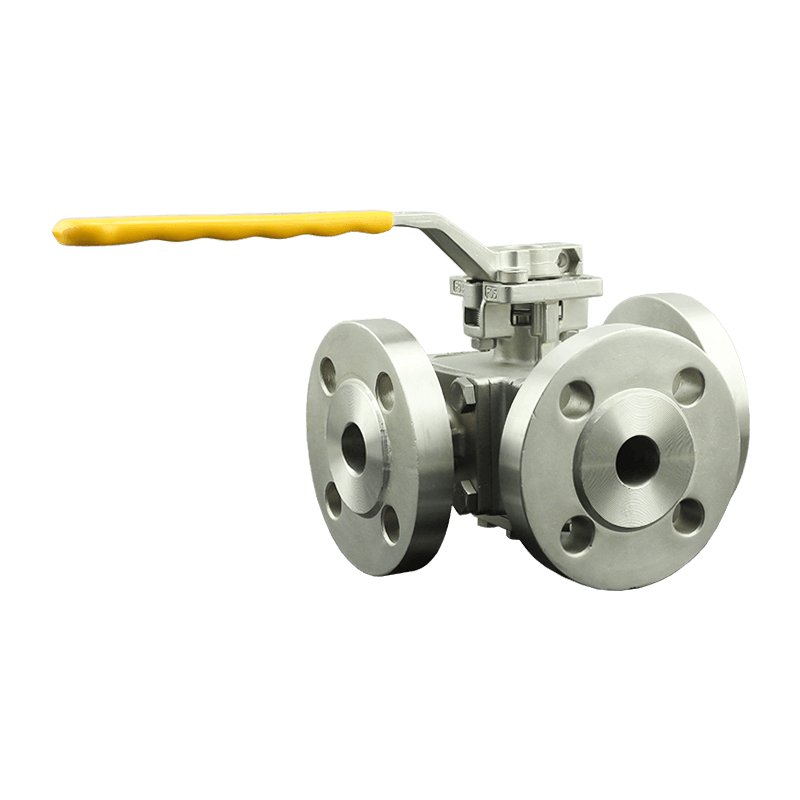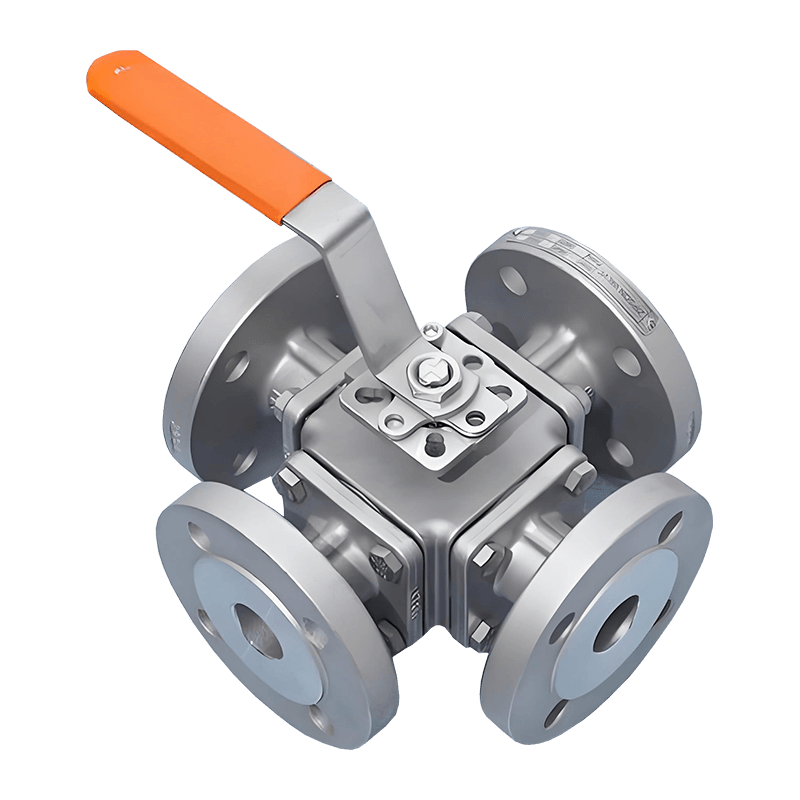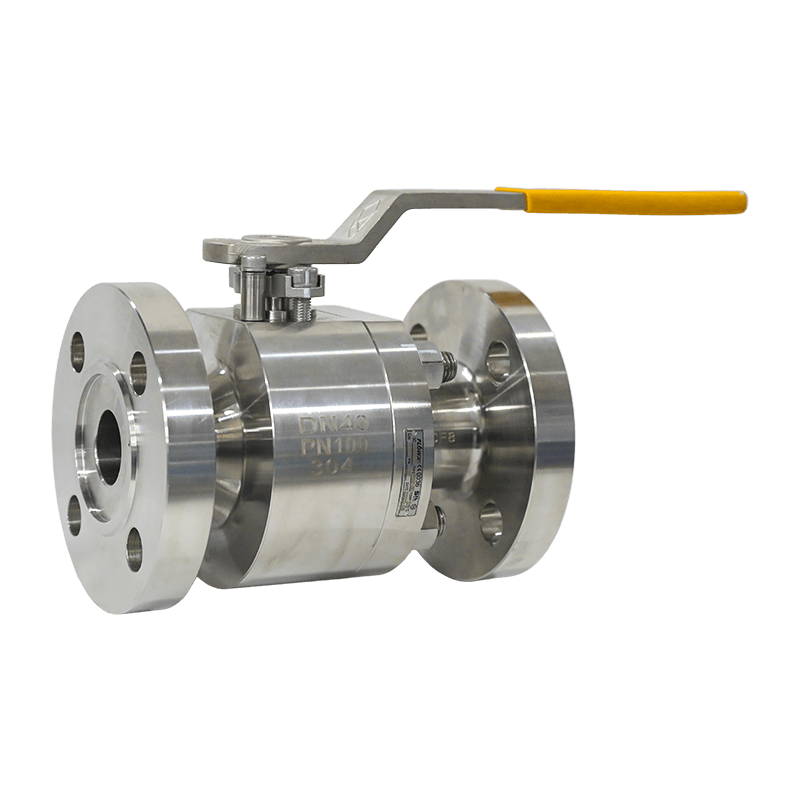Butterfly Valves are quarter-turn control devices renowned for their compact design, light weight, and low-pressure drop. They regulate the flow of fluid using a disk (the “butterfly”) that rotates 90 degrees around a central or offset axis.
Based on the relationship between the disc, the stem, and the valve body’s sealing surface, butterfly valves are primarily categorized into three types:
I. Concentric / Zero-Offset Butterfly Valve
Design & Principle
- Concentricity Defined: In this basic and most economical design, the three central points—the stem axis, the center of the disc, and the pipeline center—are all aligned on the same axis.
- Sealing Mechanism: It typically uses a resilient seat (soft seat) made of an elastomeric material (like EPDM or NBR) or PTFE liner. The disc’s edge continuously rubs against the soft seat during the entire opening and closing stroke. Sealing is achieved by the compression and elastic deformation of the soft seat against the disc.
Application Profile
- Pros: Simple construction, lowest cost, bubble-tight shutoff (Class VI) in low-pressure, low-temperature applications.
- Cons: High friction and wear on the seat, which limits its use in abrasive or high-cycle environments.
- Typical Applications: Water treatment, general service utilities, HVAC systems, and low-pressure applications requiring simple ON/OFF isolation.
II. Double-Offset Butterfly Valve (High-Performance)
Design & Principle
The Double-Offset design introduces two offsets to enhance performance and reduce friction compared to the zero-offset type:
- First Offset (Axis Offset): The stem is offset from the center of the pipe/valve bore.
- Second Offset (Plane Offset): The stem is offset from the center line of the disc sealing surface.
- Sealing Mechanism: This geometry causes the disc to lift off the seat immediately upon opening and only engage the seat during the final few degrees of closing. This dramatically reduces rubbing friction and seat wear. They use both soft seats (PTFE/RPTFE) and, commonly, metal seats.
Application Profile
- Pros: Significantly reduced operating torque and wear, handles higher pressure ratings (e.g., ANSI Class 150/300), excellent for throttling (modulating) service.
- Typical Applications: Chemical processing, oil and gas, refining, and power generation systems where medium-to-high pressures and temperatures are involved, and where a combination of shutoff and flow control is required.
III. Triple-Offset Butterfly Valve (TOV)
Design & Principle
The Triple-Offset Butterfly Valve is the most advanced design, introducing a third, geometric offset for superior sealing in critical, severe service conditions:
- First Offset (Same as Double-Offset).
- Second Offset (Same as Double-Offset).
- Third Offset (Sealing Geometry): The valve seat and disc seal are machined into an eccentric cone profile.
- Sealing Mechanism: This geometric design ensures that the disc seal ring engages the body seat in a friction-free, camming action. The disc only makes line contact with the seat at the absolute point of closure.
- Material: TOVs almost exclusively feature a metal-to-metal seal (hard seal).
Application Profile
- Pros: Achieves true, bidirectional zero-leakage (bubble-tight) shutoff with metal seats, suitable for extreme high-temperature and high-pressure service, inherently fire-safe (per API 607/6FA standards).
- Typical Applications: High-pressure steam, thermal fluid, hydrocarbon service, abrasive media, and critical isolation points in industries like power generation, petrochemicals, metallurgy, and pulp & paper. They often replace bulkier, more expensive gate or globe valves.
Beyond Type: Essential Design Variations
In addition to the three functional types above, butterfly valves are also classified by their body connection style and method of operation.
IV. Body Connection Styles
The choice of connection style impacts installation, maintenance, and whether the valve can be used at the end of a pipeline (end-of-line service).
| Connection Style | Description | Key Feature & Application |
|---|---|---|
| Wafer | A thin, compact body designed to be “sandwiched” between two pipe flanges using long bolts that pass through the entire flange/valve assembly. | Lowest cost, lightest weight. Cannot be used for end-of-line service without a blind flange, as the pipe on one side must remain supported. |
| Lug-Style | The valve body has threaded bolt holes (lugs) around its circumference, allowing it to be bolted directly to each pipe flange separately. | Ideal for end-of-line service. Allows the pipe on one side to be removed without disturbing the pipe on the other side of the valve. Higher cost than Wafer. |
| Flanged | The valve body has its own integral flanges, similar to a traditional gate or globe valve. | Heaviest and most costly. Used for large pipe sizes or in applications requiring maximum strength and ease of alignment. |
V. Actuation Methods
Butterfly valves are quarter-turn valves (90° operation) and can be operated by various means:
| Actuation Method | Principle | Suitability & Features |
|---|---|---|
| Manual | Operated by a Lever (for smaller valves) or a Gearbox/Handwheel (for larger valves or high-torque applications). | Simple, low-cost, reliable. Best for valves that are operated infrequently or where quick closing time is not critical. |
| Pneumatic | Uses compressed air (usually 60 to 125 PSI) to drive a piston or rack-and-pinion mechanism to rotate the stem. | Fastest operation (often 1 second or less), suitable for high-cycle and ON/OFF applications, and inherently explosion-proof. Can be configured as “fail-safe” (e.g., spring-return to open or close upon air loss). |
| Electric | Uses an electric motor and gear train to generate rotary motion. | Highest precision for modulation/throttling. Ideal for remote control, integration with DCS/PLC systems, and applications where an air supply is unavailable. Slower operation than pneumatic. |
Would you like a specific deep dive into the materials of construction (body, disc, and seat) for these valve types, or perhaps a breakdown of flow characteristics?

 English
English Deutsch
Deutsch bahasa Indonesia
bahasa Indonesia